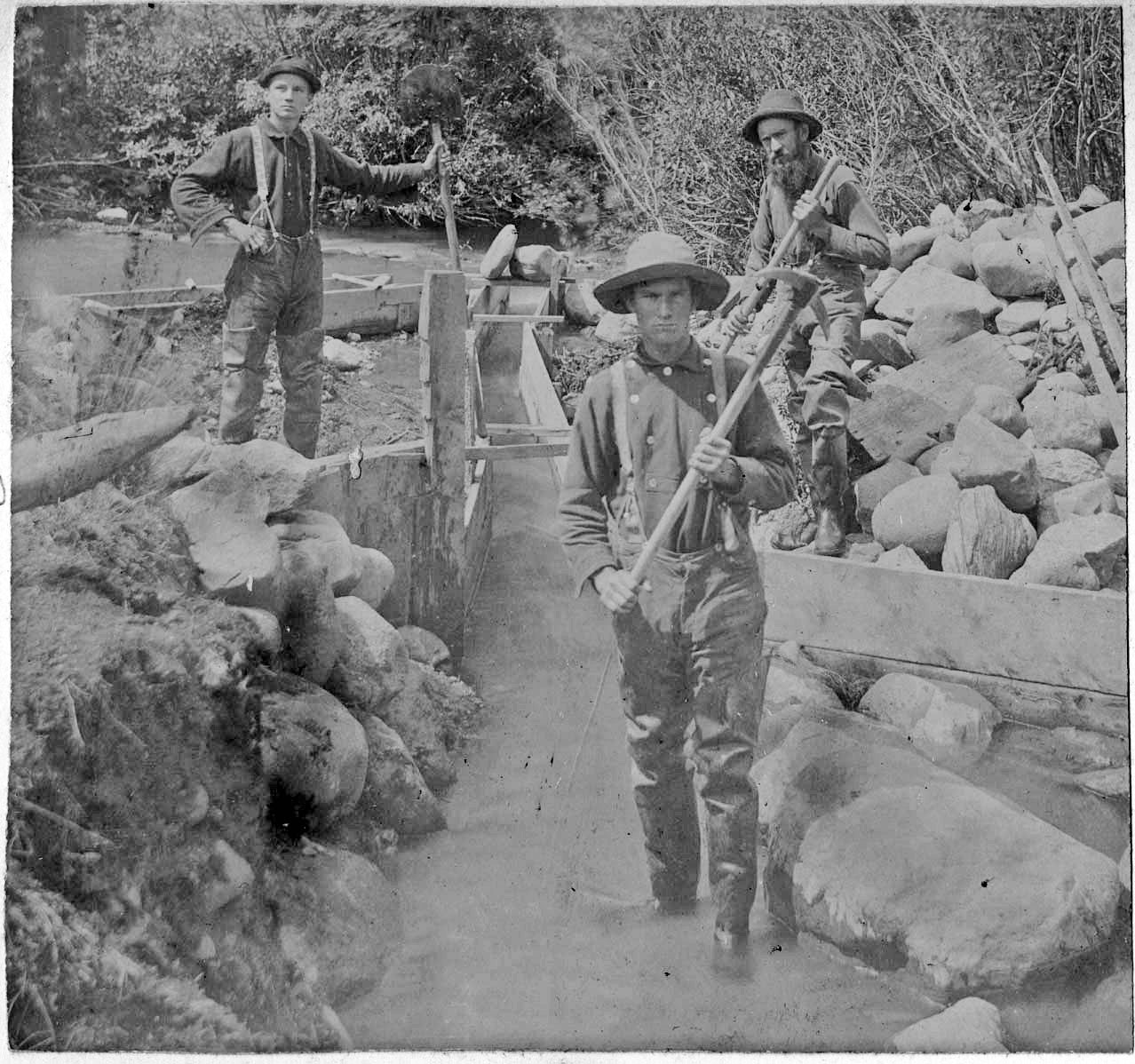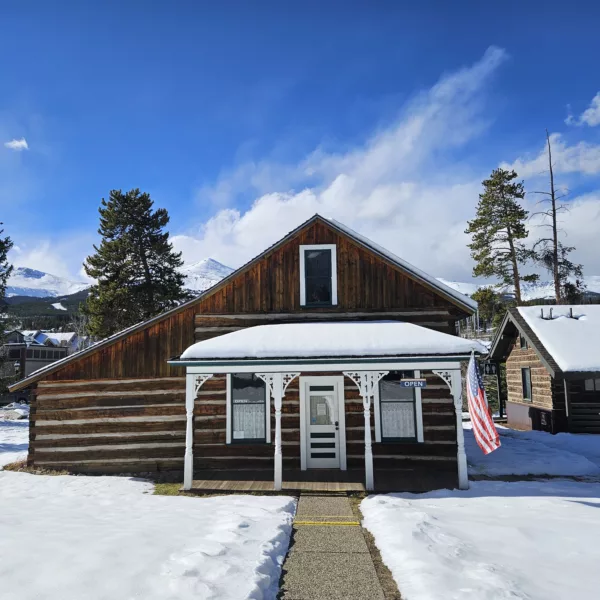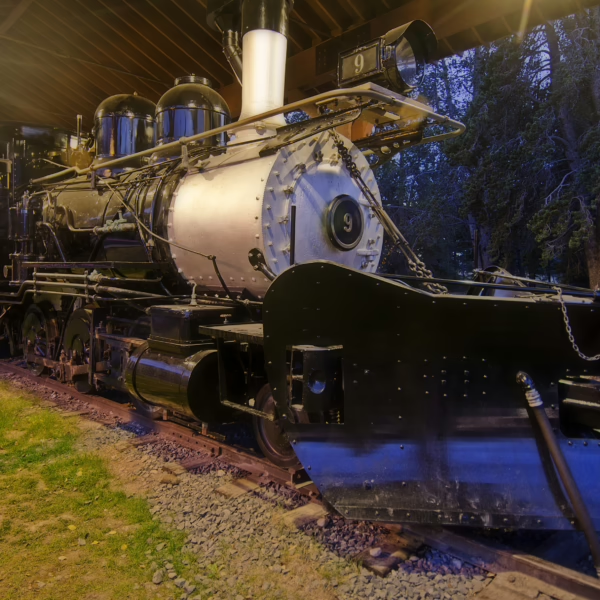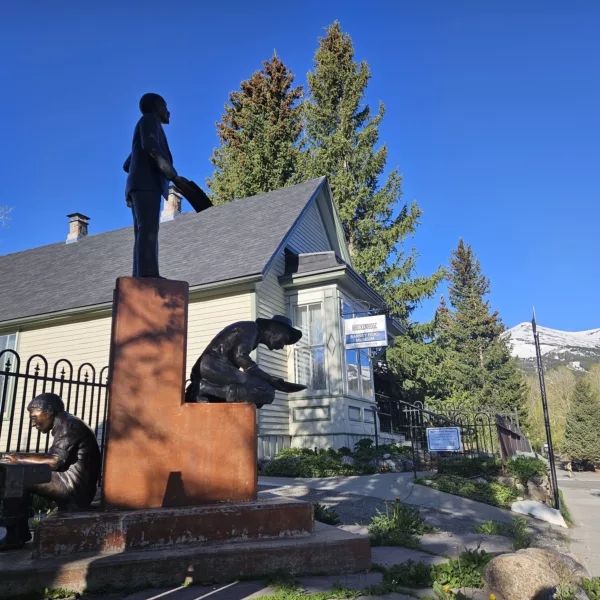Minas de platera
April 08, 2022 | Category: Historia de Breckenridge
 Si no fuera por los glaciares que llenaron los valles alpinos hace tan sólo 10.000 años, la historia del condado de Summit habría sido muy distinta. Los glaciares y el agua corriente (lluvia y deshielo) erosionaron las rocas auríferas de las montañas y arrastraron los copos de oro hasta los arroyos y ríos del condado. Allí se depositaron en el fondo de las profundas gravas glaciares que llenaban los valles hasta una profundidad de 90 pies. Debido a que el oro pesado se asentaba rápidamente en el lecho rocoso de los cursos de agua, las corrientes de agua no llevaban las escamas y pepitas mucho más allá de la confluencia del río Azul, el río Snake y el arroyo Ten Mile. Por este motivo, la mayoría de las explotaciones auríferas se llevaron a cabo en la mitad sur del condado de Summit.
Si no fuera por los glaciares que llenaron los valles alpinos hace tan sólo 10.000 años, la historia del condado de Summit habría sido muy distinta. Los glaciares y el agua corriente (lluvia y deshielo) erosionaron las rocas auríferas de las montañas y arrastraron los copos de oro hasta los arroyos y ríos del condado. Allí se depositaron en el fondo de las profundas gravas glaciares que llenaban los valles hasta una profundidad de 90 pies. Debido a que el oro pesado se asentaba rápidamente en el lecho rocoso de los cursos de agua, las corrientes de agua no llevaban las escamas y pepitas mucho más allá de la confluencia del río Azul, el río Snake y el arroyo Ten Mile. Por este motivo, la mayoría de las explotaciones auríferas se llevaron a cabo en la mitad sur del condado de Summit.
Aunque los buscadores cruzaron la divisoria continental y buscaron oro en el río Swan ya en la primavera de 1859, el primer descubrimiento registrado en el río Blue se produjo el 10 de agosto de 1859. Un grupo de buscadores dirigido por Ruben Spaulding cruzó el paso Hoosier (entonces llamado paso Ute) y comenzó a explorar hacia el norte a lo largo del río Azul. Recuperaron 23 onzas de oro por valor de más de 400 dólares en su primer día de bateo. Los periódicos informaron del descubrimiento. Mineros y buscadores invadieron los barrancos a lo largo del Blue, incluido French Gulch.
Al principio, los buscadores recuperaban las pepitas y los copos mediante el bateo. Echaban la grava del lecho del arroyo en las bateas. Sujetaban la batea bajo el agua helada y agitaban la grava para eliminar los restos de roca, hojas, ramitas y barro, mientras el oro más pesado se depositaba en el fondo de la batea. Siguieron las cajas basculantes, las bateas largas y las esclusas aún más largas. Las esclusas de tres lados requerían madera aserrada. El oro quedaba atrapado en la arpillera que se sujetaba con listones de madera clavados en el fondo de la esclusa. Unas zanjas revestidas de serrín mezclado con estiércol transportaban el agua hasta la esclusa.
Siempre en busca de formas más eficaces de extraer el oro, los mineros utilizaban mangueras de alta presión, llamadas gigantes o monitores, para volar las laderas y arrastrar la tierra aurífera hasta las esclusas. Zanjas y canales de varios kilómetros de longitud transportaban el agua hasta las mangueras, que podían girar 360 grados y moverse hacia arriba y hacia abajo. A medida que el agua fluía cuesta abajo y a través de la manguera, cada vez más pequeña, la presión del agua aumentaba enormemente.
Estos primeros buscadores y mineros que buscaban oro en forma de escamas y pepitas en los cursos de agua eran mineros de placer. La palabra derivó del español "placer". El oro libre podía extraerse por medios sencillos. Estos métodos requerían poca tecnología. Este primer boom del oro -el boom del placer- duró hasta mediados de la década de 1860, cuando la Guerra Civil llamó a muchos a casa para servir. Sólo después de la conclusión de la Guerra Civil, el dinero, los hombres y los métodos estarían disponibles para apoyar el segundo auge del oro de la década de 1870, que duró las dos décadas siguientes.
escrito por Sandra F. Mather, PhD




